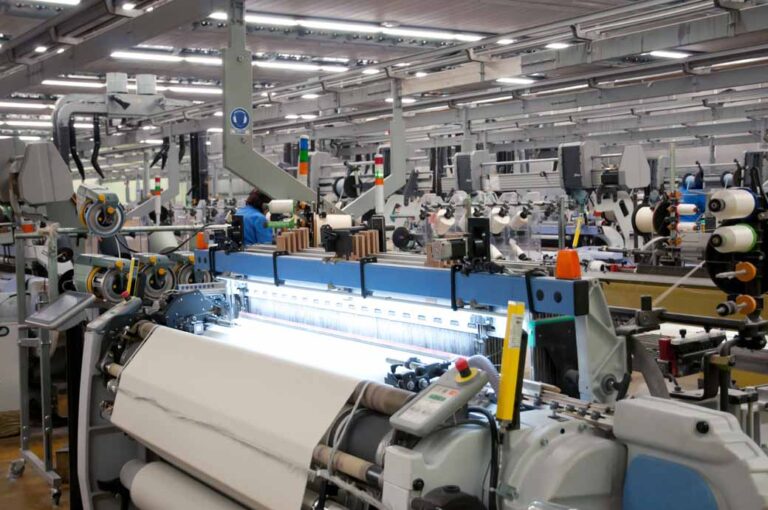
[ad_1]
At 50 in February—up from 49.1 in January—the J.P. Morgan global manufacturing PMI posted a reading identical to the no-change mark, halting a five-month run of signalling contraction.
The S&P Global purchasing managers’ index (PMI) surveys in February this year signalled a return to growth for the global manufacturing sector. Output rose for the first time in seven months amid improving supply chains and China’s re-opening as COVID restrictions were lifted. Business optimism also revived, rising to its highest level in a year.
The PMI level was positively affected by increased production and employment and slower rates of decline in both new business and stocks of purchases, the company said in a release.
Manufacturing output rose for the first time in the month since July 2022, as solid growth in the consumer and investment goods sectors offset the continued downturn at intermediate goods producers.
The upturn in production volumes was led by Asia, with Thailand, India and the Philippines registering the fastest rates of growth. The region also benefited from the ongoing re-opening process in China, where output rose for the first time in six months.
In contrast, the downturn in Japan extended to an eighth successive month, with the rate of contraction a 31-month record. The performances of the North America, Europe and South America remained weak (on average) compared to Asia.
Although the euro area saw output rise for the first time in nine months, the rate of growth was negligible. A steep downturn in France offset growth in nations such as Germany, Italy and Spain. The United Kingdom returned to growth, but the Czech Republic and Poland contracted.
February saw manufacturing output decline in both the United States and Brazil for the fourth month in a row. Aiding the return to growth for world manufacturing production was an easing of supply-chain constraints.
Average vendor lead times shortened for the first time since July 2019, reflecting an improvement in the intermediate goods industry and near stable times at both consumer and investment goods producers.
China, the United States and the euro area were among those to see supplier delivery times improve, in contrast to further lengthening in Japan.
The trend in global manufacturing new business moved closer to stabilising in February, as new work intakes fell to the weakest extent during the current eight-month sequence of contraction. The pace of decline in new export orders also eased to an eight-month low.
Manufacturing employment rose for the first time in four months and at the quickest pace since last June. Staffing levels were increased in China, the United States, the euro area and Japan among others.
Fibre2Fashion News Desk (DS)
[ad_2]
Source link